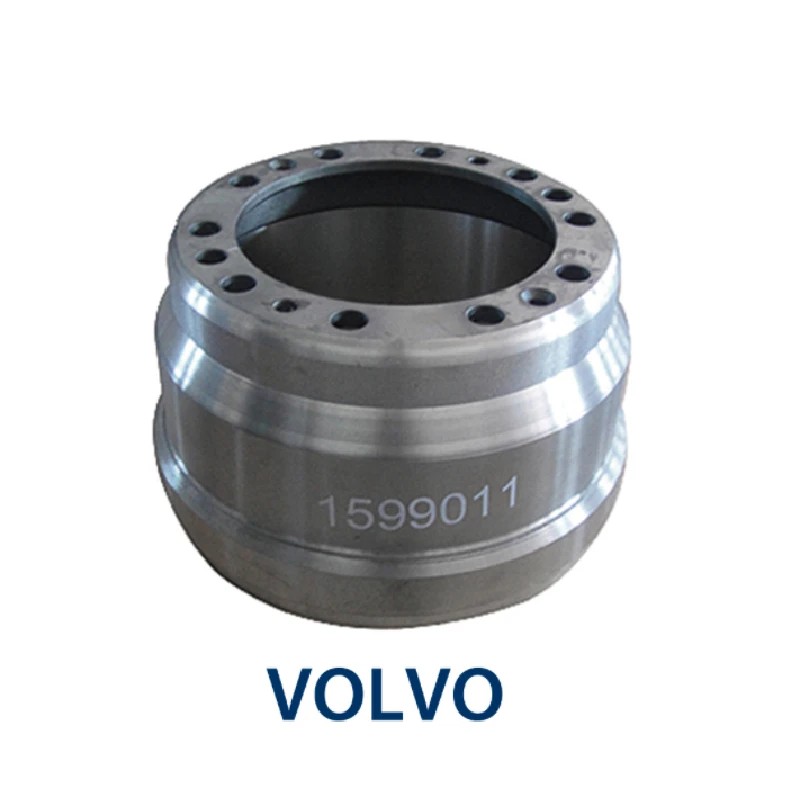Dec . 04, 2024 09:47 Back to list
brake drum machining
The Importance of Brake Drum Machining
Brake systems are an essential safety feature in any vehicle, playing a crucial role in stopping and controlling the vehicle's motion. Among the critical components of the braking system, the brake drum is pivotal, particularly in drum brake systems. The machining of brake drums is a fundamental process that ensures the efficient functioning and longevity of these components. This article will explore the significance of brake drum machining, the processes involved, and the benefits of ensuring precision in this critical aspect of vehicle maintenance.
What is Brake Drum Machining?
Brake drum machining refers to the process of reshaping and resurfacing brake drums to restore them to their optimal operating condition. Over time, brake drums can wear out due to friction and heat generated during braking. This wear can lead to various issues, including decreased braking efficiency, vibrations, and overall unsafe driving conditions. Machining involves removing a thin layer from the drum’s surface to eliminate imperfections, such as grooves and ridges, which can impede the performance of brake shoes and decrease the drum's lifespan.
The Machining Process
The machining process typically involves several key steps
1. Inspection Initially, the brake drum is thoroughly inspected for signs of wear, damage, or warping. This assessment helps determine whether the drum can be machined or if it needs replacement.
2. Setup The drum is then mounted on a lathe machine, which allows for precise cutting and reshaping. During this setup, the technician ensures that the device is calibrated correctly to achieve the desired specifications.
3. Machining Using cutting tools, the technician gradually removes material from the drum's surface. The goal is to create a smooth, even finish that enhances contact with the brake shoes. It is critical to maintain the correct diameter and ensure that the drum is balanced to prevent vibrations during operation.
4. Finishing After the initial machining, a final inspection ensures that the dimensions meet safety and performance standards. Any necessary final adjustments are made, and a smooth finish is achieved.
brake drum machining

5. Reinstallation Once the machining is complete, the brake drums are reinstalled on the vehicle, alongside the brake shoes, ensuring they are correctly aligned and functioning efficiently.
Benefits of Brake Drum Machining
1. Improved Performance Machining restores the flatness and roundness of the brake drum, which improves brake efficiency. Smooth surfaces allow better contact with brake shoes, resulting in more effective braking power.
2. Cost-Effectiveness Regularly machining brake drums can significantly reduce costs associated with brake replacements. When a brake drum is machined rather than replaced, vehicle owners can extend the life of their existing components, saving money in the long run.
3. Enhanced Safety Properly machined brake drums decrease the likelihood of brake failure, ensuring that vehicles can stop effectively. This has a direct impact on driver and passenger safety on the road.
4. Reduction of Vibration and Noise Worn brake drums can lead to vibrations and unwanted noise during braking. Through machining, these issues can be mitigated, resulting in a quieter and smoother driving experience.
5. Waste Reduction By choosing to machine rather than replace brake drums, the automotive service industry contributes to waste reduction. This eco-friendly approach aligns with the growing need for sustainable practices within all industries.
Conclusion
In summary, brake drum machining is a vital maintenance process that significantly impacts vehicle safety, performance, and cost-efficiency. As part of routine vehicle upkeep, it is essential for drivers to have their brake drums inspected and, when necessary, machined. By doing so, they ensure their vehicle remains responsive and safe on the road. Not only does machining prolong the life of brake components, but it also supports broader environmental goals by reducing waste. Therefore, understanding and prioritizing brake drum machining is crucial for both vehicle owners and the automotive service industry at large.
-
Scania Brake Drums: OEM Quality for Optimal Safety & Durability
NewsAug.16,2025
-
R.V.I: Advanced Remote Visual Inspection for Precision
NewsAug.15,2025
-
Discover HYUNDA: Innovative Vehicles, Equipment & Solutions
NewsAug.14,2025
-
R.V.I: Unlock Advanced Insights & Real-time Performance
NewsAug.13,2025
-
Kamaz Brake Drum: Durable & Reliable for Heavy Duty Trucks
NewsAug.12,2025
-
Heavy Duty Iveco Brake Drum - Premium Quality & Safety
NewsAug.11,2025
